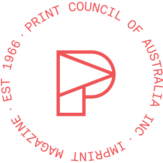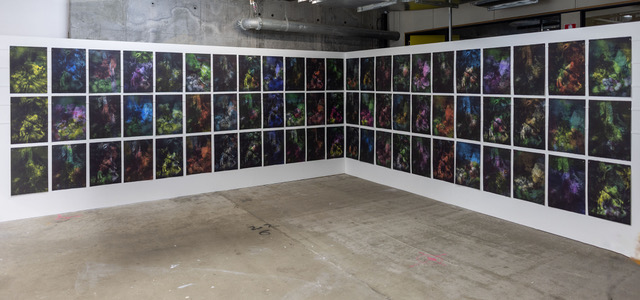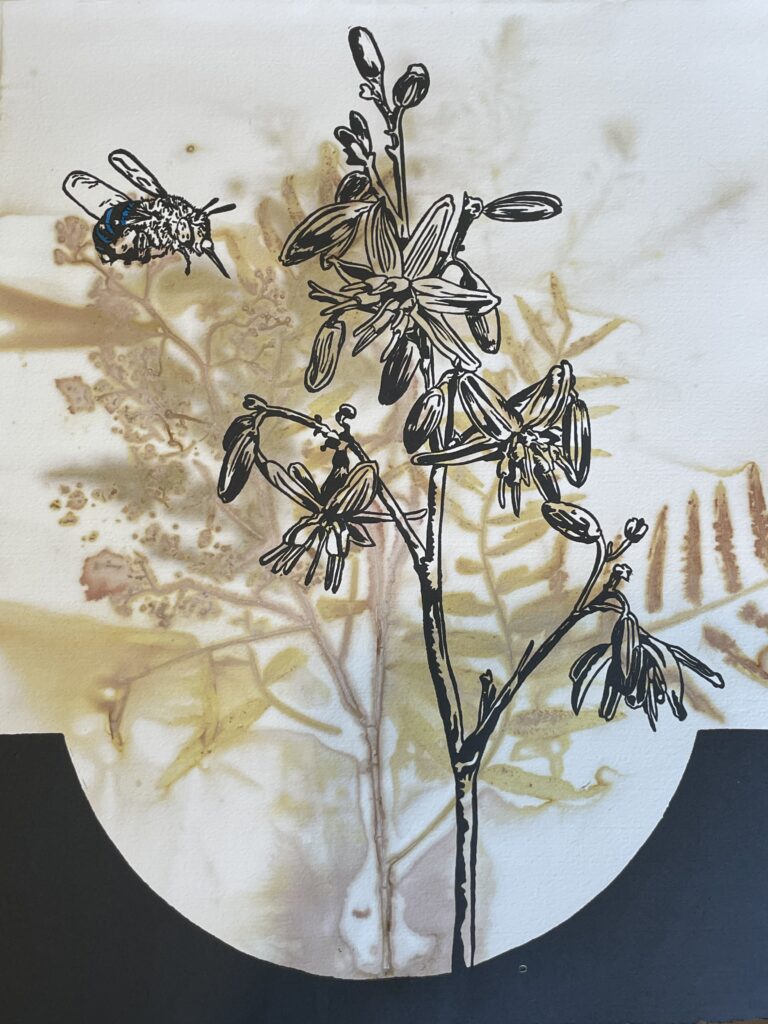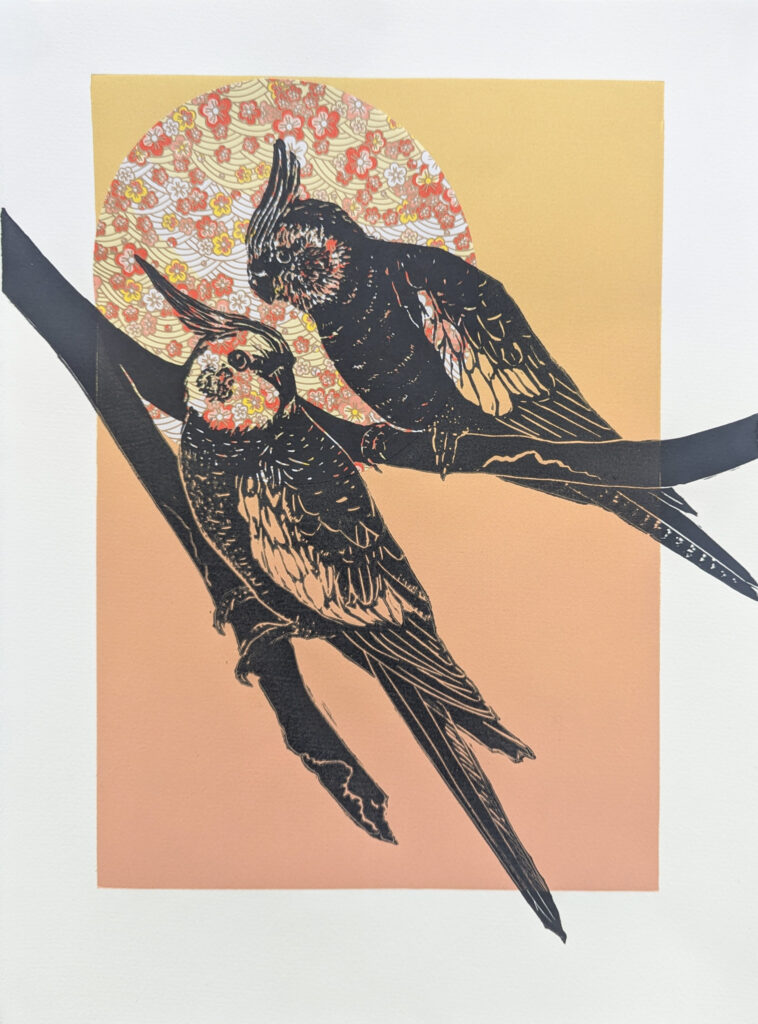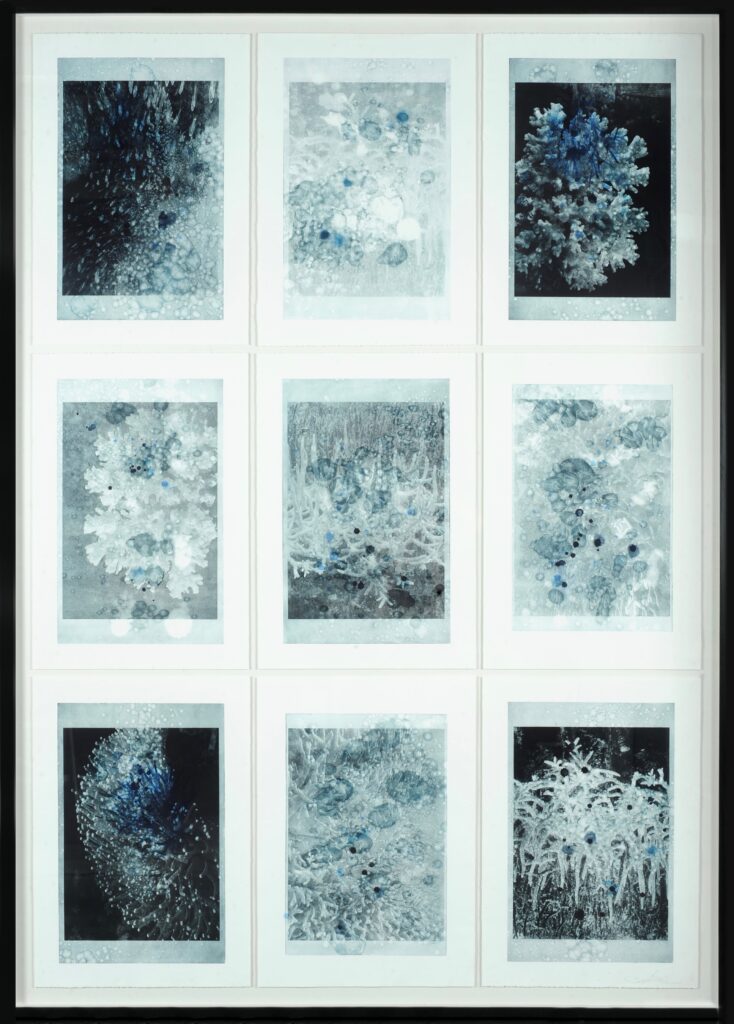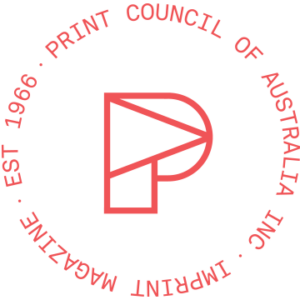Top:
The Adjacent Possible by Marcus O’Donnell at the PCA Gallery.
Below:
Marcus O’Donnell, A Strange Appearance, triptych, 2025.
Marcus O’Donnell, A Strange Appearance Variations Series 3 No 1, 2025, photogravure on pigment print, 38 x 56 cm.
Marcus O’Donnell, A Strange Appearance Variations Series 3 No 2, 2025, photogravure on pigment print, 38 x 56 cm.
Marcus O’Donnell, A Strange Appearance Variations Series 3 No 3, 2025, photogravure on pigment print, 38 x 56 cm.
All images copyright and courtesy of the artist.
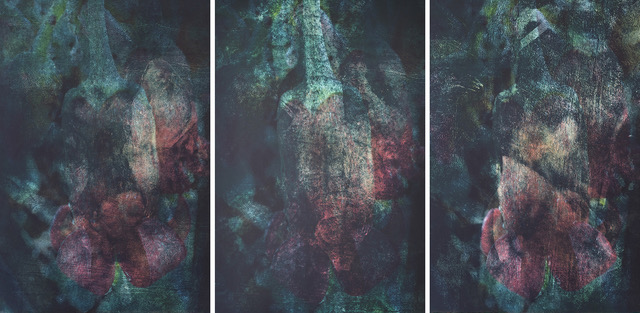
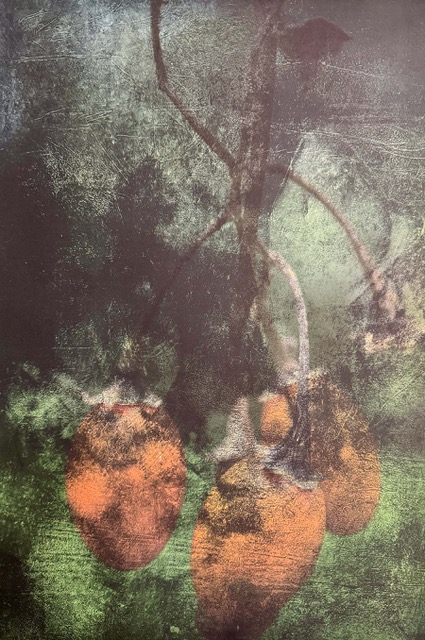
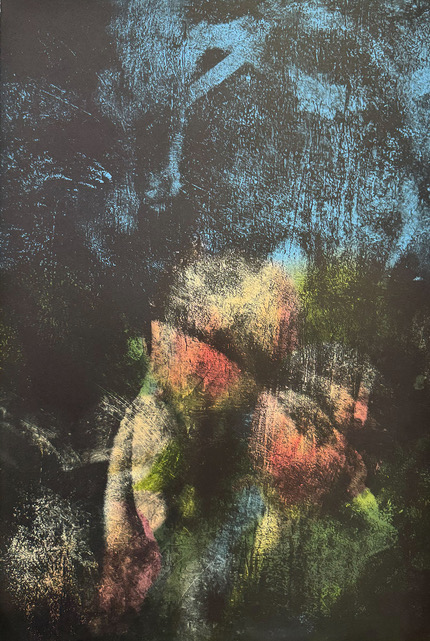
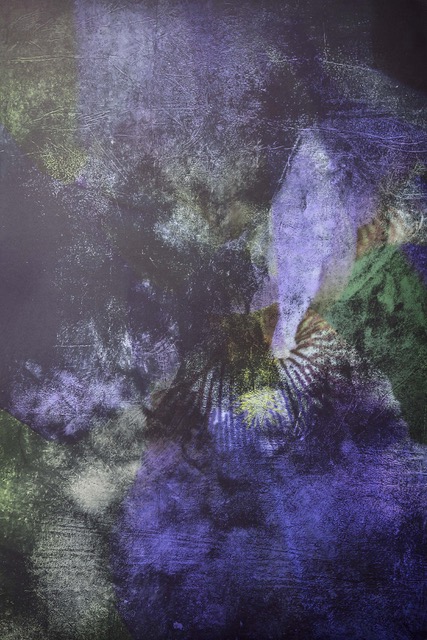
Q: What were some of the foundation ideas for this exhibition project?
A: The exhibition title The Adjacent Possible is a phrase of biologist Stuart Kaufman who argued that at a molecular level there is always a push towards novelty or newness, also this newness evolves from what is at hand, and then innovation begets innovation. The prints in this exhibition are laid out as a grid of 69 prints (and a larger triptych) and they arise from a play with structure and variation, to investigate this push into novelty. So that is a key formal concept. But at a thematic level this is a continuation of my exploration of the landscape and still life traditions and trying to rediscover what it means to ‘represent’ ‘nature’ in the age of the Anthropocene. I often quote eco-philosopher Timothy Morton who refers to ‘dark ecology’ which is a process of confronting our dark times but still trying to find points of hope. The series is called A Strange Appearance – variations which again riffs on a Morton phrase where he refers to the “strange strangeness” of perception in the age of the Anthropocene. We can’t necessarily see the massive molecular shifts that have occurred. So the pull between abstraction and figuration in my images is trying to deal with this strangeness of knowing/not knowing.
Q: How did the artwork selection take place?
A: The prints take three photogravure key plates which are printed over a repeated set of 24 colour pigment prints and the selection took place in multiple ways. I compose and make choices in photoshop to begin with, trying out multiple possibilities. One of the constraints I gave myself with this project was that the image had to ‘work’ across the three variations. Some of the underlying images I experimented with worked well with one of the key plates but not the others, so they were not used. I was interested not so much in creating striking singular works but trying to create an installation or ecosystem of prints that worked as a whole. The final arrangement was intuitive, I have deliberately alternated sets of sequenced images showing the three variations together and intermixed these with other rows that are somewhat random, or that are chosen to create overall colour effects.
Q: How does the exhibition manifest – what do visitors experience?
A: It’s an installation of prints. The viewer sees two full walls of the gallery covered in three rows of prints. So, there is a lot to take in and I imagine different viewers will approach it quite differently. A friend who saw it just after I installed it said that they kept being drawn into particular prints, and then they would move around and be drawn to others. She said she kept discovering new favourites. In that sense the installation as a whole is kind of ‘camouflaging’ individual images but on the other hand there are patterns which lead the eye, and so perhaps there is both a sense of discovery and a sense of mystery.
Q: What are some of the key works and what subject matter do they deal with?
A: The imagery of both the key plates and the underlying colour images are mainly close-cropped macro photography of urban gardens. But through the layering processes, these images of flowers, foliage, branches leaves, fruit, trees and shrubs are abstracted, darkened if you like. I have been very influenced recently by philosophers and scientists who talk about unique ‘vegetal’ ways of being. Michael Marder talks about ‘plant-thinking’ which is both a sense that plants do in fact act with intention, but also about how if we pay attention plants can challenge our thinking. One example of this is the sense that a plant is both singular and multiple simultaneously. Each part contains the whole. A small leaf can become a cutting and a new tree. This is quite pertinent to my exhibition which is also playing with the parts and the whole via both the way each print is composed and through the way the exhibition is installed.
Q: What is it about the printmaking experience that you most appreciate?
A: The materiality, the inky mess, the delicate balance between chance and design.
Download a copy of the illustrated catalogue essay
Instagram: @marcusod
—
The Adjacent Possible, by Marcus O’Donnell, is at the PCA Gallery, Studio 2 Guild, 152 Sturt Street Southbank, 14-30 October.
—
Join the PCA and become a member. You’ll get the fine-art quarterly print magazine Imprint, free promotion of your exhibitions, discounts on art materials and a range of other exclusive benefits.
